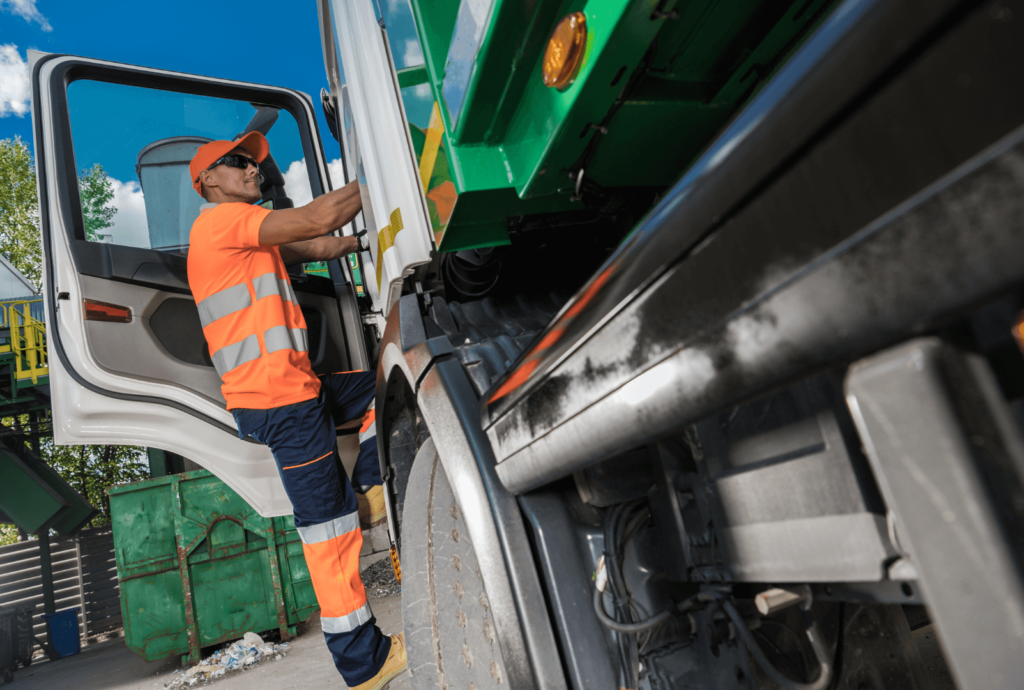Sorting Your Blue Boxes for Recycling
Curbside Recycling
The following information is provided for curbside recycling (Blue Box Recycling). If you place your blue box at the end of your driveway, this should help you organize the many materials that are accepted in our program. If you’re looking for convenience, two or more blue boxes is the way to go: All of your plastic and metal containers go into one blue box, and all of your papers go into another. Check below for more information and download our sorting guide!
Did you Know?
Laundry baskets, milk crates, rubbermaid totes, carts on wheels, bags, etc. are not acceptable boxes.
Always have your blue box to the curb by 7AM on your collection day. Blue boxes cannot exceed 40 lbs for Health and Safety reasons. If your blue box is heavy and difficult to get to the curbside, please consider our drivers health and safety. Our drivers pick up 1200-2000 blue boxes per day. Thank you.

